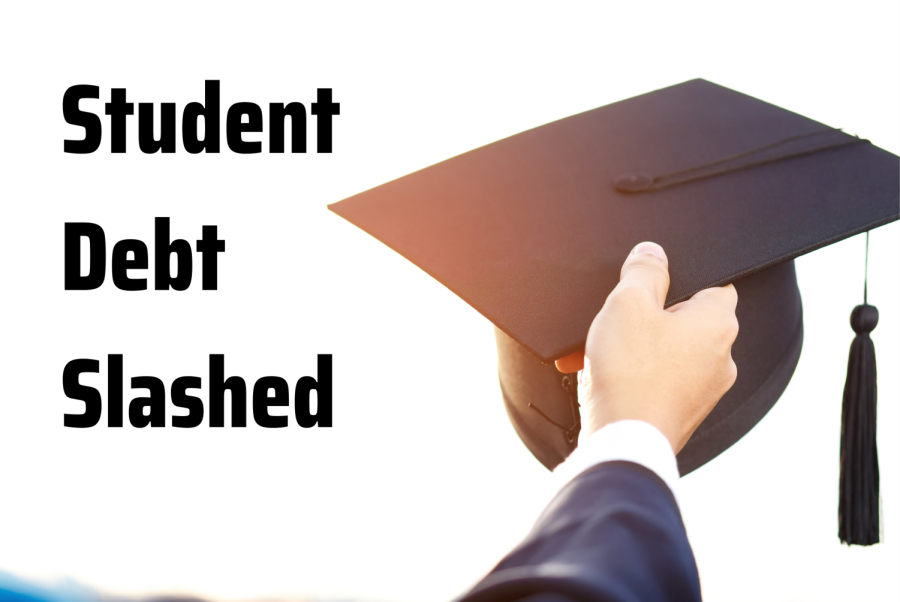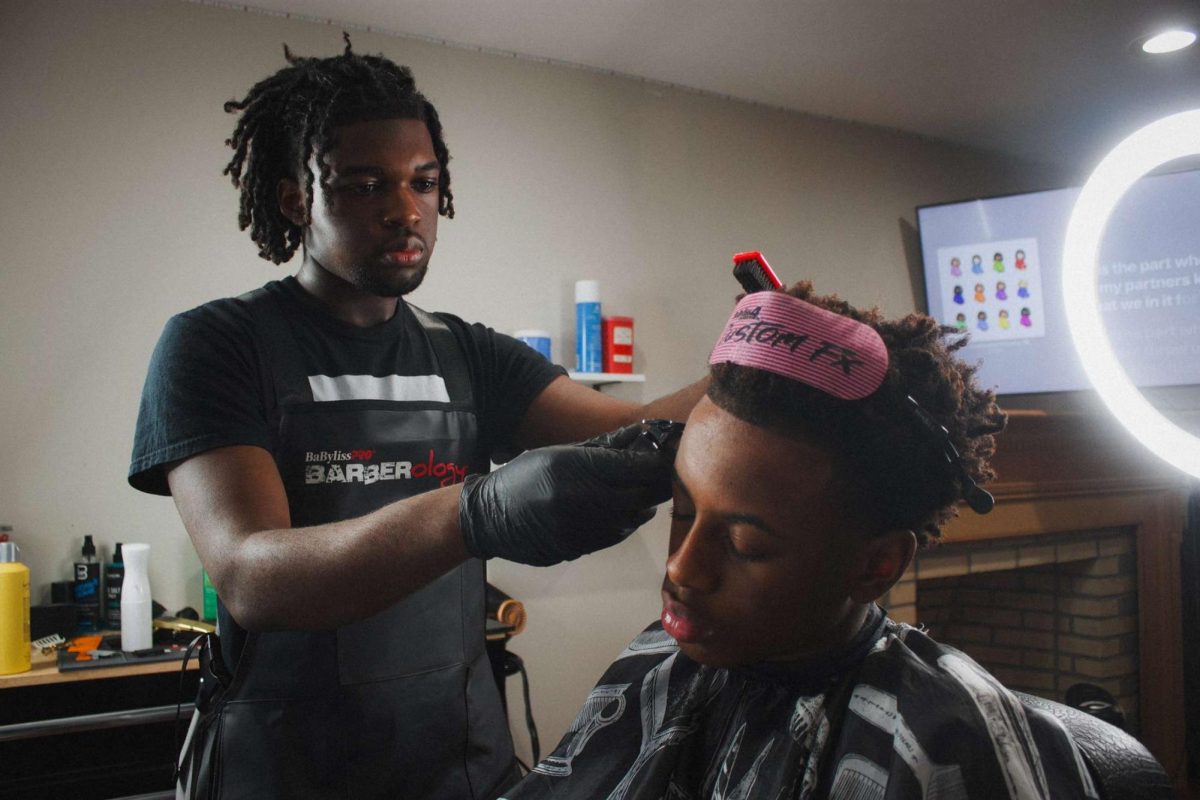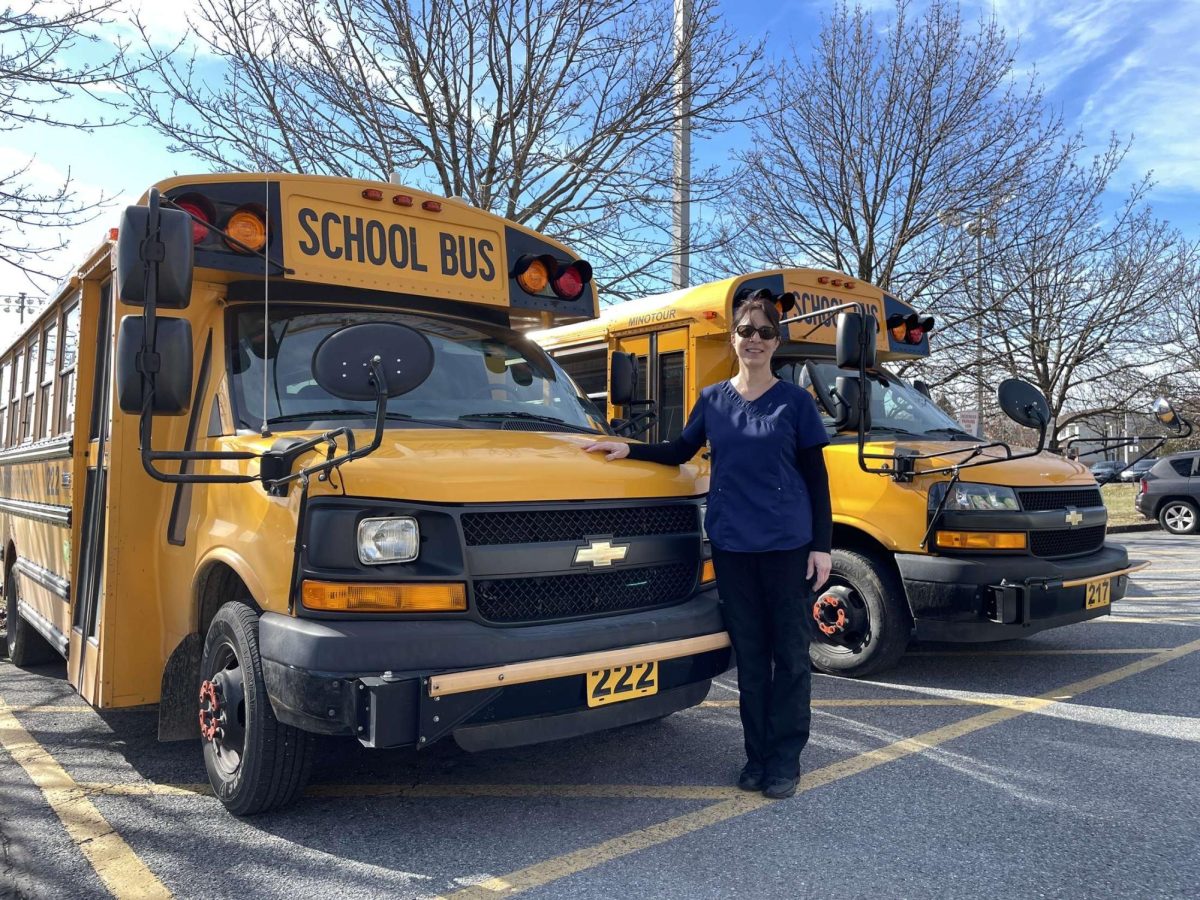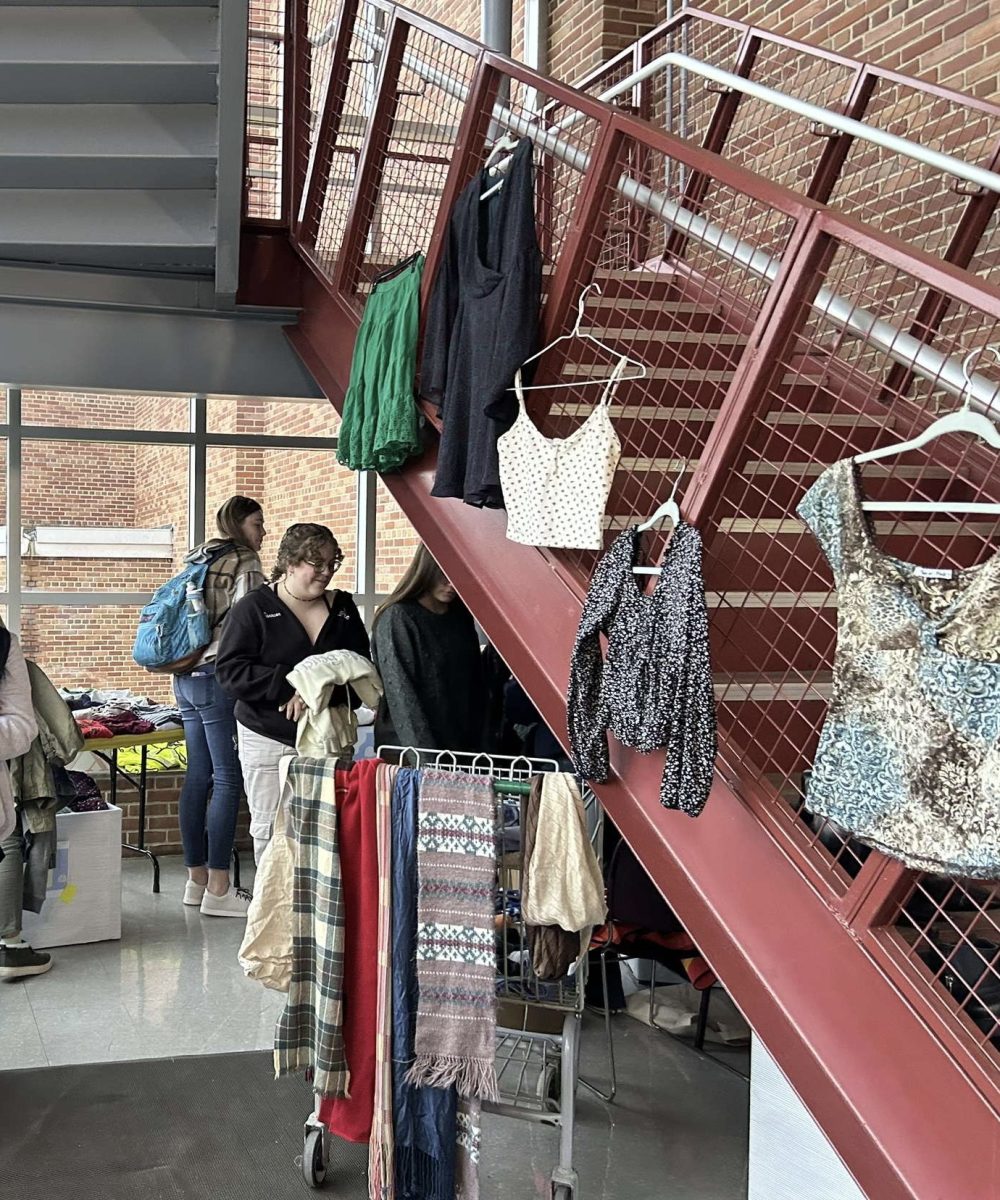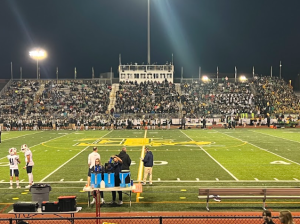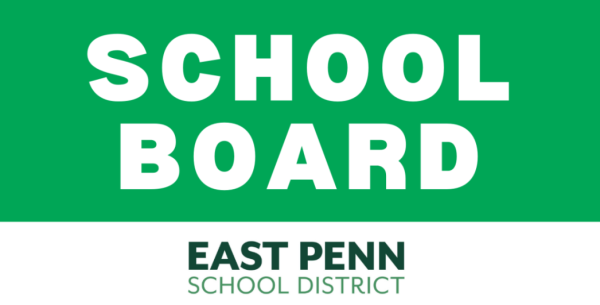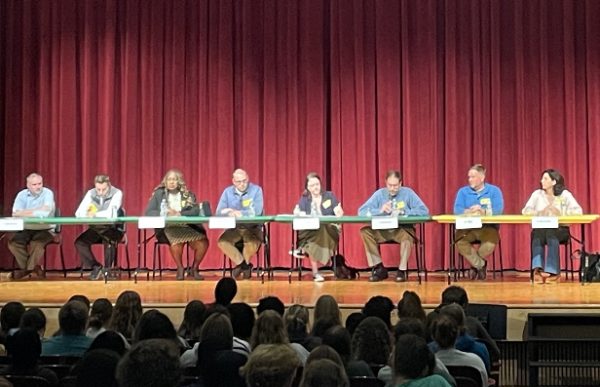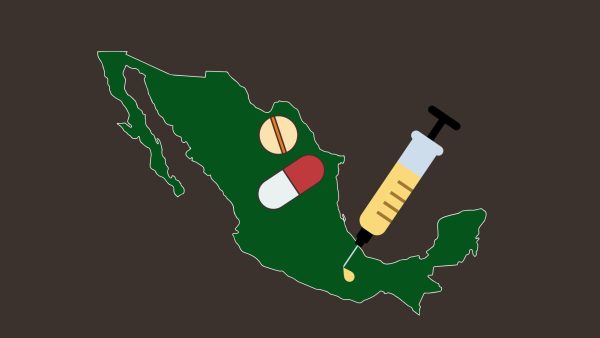Student Debt Slashed: 8 million people will have their college loans cut by up to $20,000 in a new relief package set in place by the Biden administration.
September 30, 2022
Emmaus junior Kayla Gonzalez has witnessed the fallout of crushing student debt through her brother, a Kutztown graduate, and her friend, a recent EHS graduate.
“I know the loans honestly did affect [my brother] because he’s living with my parents right now, [who] rather [he] live here so they can save money to pay off college loans,” Gonzalez said. “So it kind of restricts your life.”
In reference to her friend, Gonzalez highlights the experience of high school students who lose college opportunities based on their ability to pay tuition.
“My friend was one of the best students at Emmaus,” Gonzalez said. “She was dead set on American University, but the College Board couldn’t give her enough financial aid, so she couldn’t go there… she had to give up her dream.”
To the delight of many and the dismay of some, the Biden administration unveiled a three-step plan to curb the mounting student loan crisis, beginning with a relief plan: he would cut student debt for graduates by up to $20,000.
The one-time program plans to relieve $10,000 of student loans from borrowers who make less than $125,000 per year, as well as married couples and/or heads of household making less than $250,000. The cutoff is raised to $20,000 for Pell Grant recipients, a federal aid program awarded to economically-disadvantaged students.
Currently, a pause remains on federal loans that will extend to the end of the year, allowing current and past borrowers to get a handle on their financial situation as they approach the deadline for the relief plan: Nov. 1.
According to the White House Briefing Room, the total cost of both four-year public and four-year private college has nearly tripled since 1980, illustrating a sharp increase in U.S. student loans. This upward trend places restrictions on not only high school students, but also their families.
Senior Lauren Kershner, who detailed faults within the U.S.’s student loan system, feels Biden’s debt plan only tackles the issue on a superficial level.
“I don’t know if it’s going far enough,” Kershner said. “I think this can make a difference. It won’t make much of a difference, but anything’s better than nothing, which is much more than any other administration’s ever proposed.”
Students, however, are not the only population reporting loan-related hurdles. High school teachers also detail varying opinions on the U.S. student loan system and Biden’s latest plan.
Laurie Furry, a social studies teacher at EHS, holds one bachelor’s degree and two master’s degrees. She believes in comparing the cost and benefit of a degree before choosing to take out loans for it.
“I don’t understand taking on excessive amounts of debt to get a degree that won’t allow you money to pay off that debt, and then expect taxpayers to pay it off,” Furry said. “My initial reaction was one of irritation.”
Furry described feeling excluded from some experiences in her earlier years due to the implications of student loans. Despite this, she believes that Biden’s plan “is a place to start,” even if it doesn’t resolve the deeper issues related to higher education.
On the other hand, Kristin Susens, a science and engineering teacher at Emmaus, believes that the task of avoiding student loans is daunting and nearly impossible.
“I think it’s unfortunate that, in order to get a college education, you typically have to go into crippling debt,” she said. “Kids should have options– a plethora of options that they can do for post-high-school education.”
In addition, Susens believes that more post-secondary options should be offered to students, and mentions that increasing benefits for low-paying, high-demand jobs would further motivate students to consider other paths.
Biden’s three-step plan will continue to unfold over the coming years. After the initial debt cancellation, his administration will work on reforming the loan system by halving undergraduate loans and rectifying the Public Service Student Loan Forgiveness plan. After that, the administration will continuously take steps to reduce the price of education nationwide.
The higher education experience has been defined by financial uncertainty for many Americans. For rising students, entering a college system based on profit with a mounting national student loan crisis looming presents a daunting prospect. But recent developments in federal aid have provided many students — former, future, and current — with a glimpse of hope for possible relief down the line.

